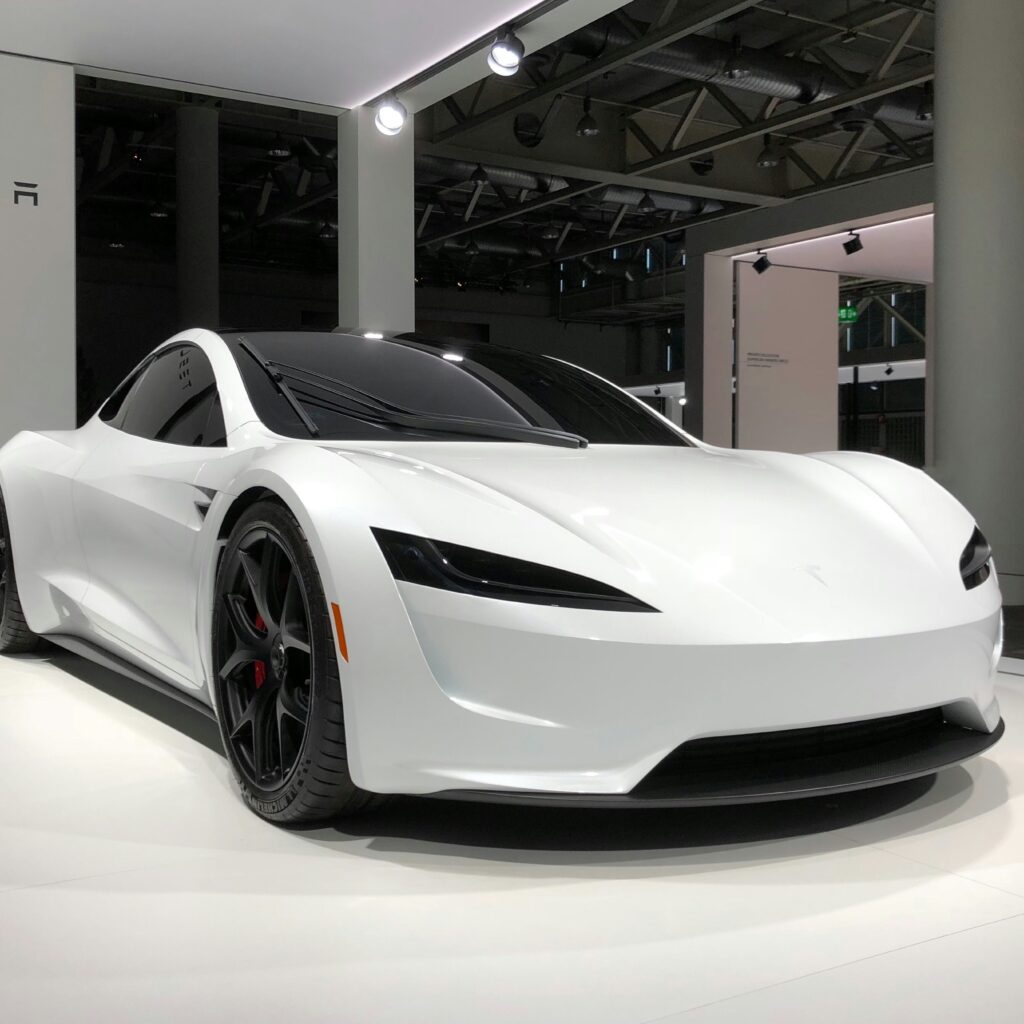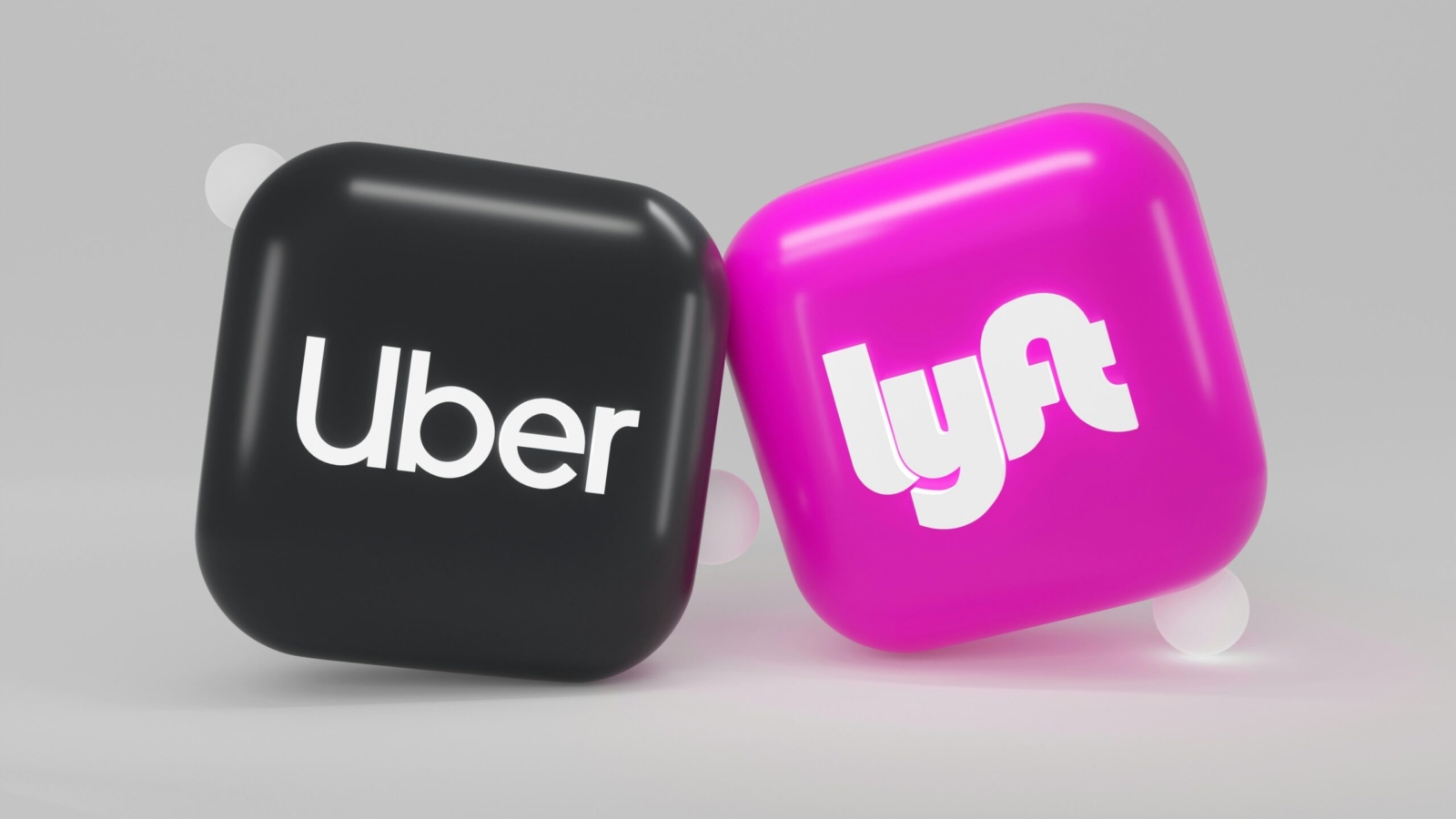Lyft is gearing up to compete with Uber by planning a large-scale launch of its innovative robotaxi fleet in Dallas as early as 2026. This bold move in the autonomous ride-hailing market highlights Lyft’s determination to expand its footprint and embrace cutting-edge vehicle technology.
Based on a recent TechCrunch report, Lyft’s upcoming robotaxis will feature advanced Mobileye technology and benefit from the fleet management expertise of Japanese conglomerate Marubeni. Future ride-hailing customers can easily book these state-of-the-art robotaxis through the familiar Lyft app, paving the way for a seamless autonomous transportation experience.
While Lyft has yet to announce the specific car manufacturer for its robotaxi program, it is noteworthy that Mobileye technology is already integrated into vehicles produced by industry leaders such as Ford, General Motors, Audi, Volkswagen, and Nissan. This association reinforces the credibility and performance of the autonomous systems powering Lyft’s future fleet.
Sam Abuelsamid, vice president of market research at Detroit-based Telemetry Insights, emphasized that Mobileye has been a global leader in advanced driver assistance systems for over 20 years. This long-standing reputation underscores its pivotal role in enhancing vehicle safety and reliability in the emerging robotaxi industry.
Abuelsamid further explained that Mobileye’s technology is at the heart of many modern safety features, including forward collision alerts and lane-keeping assist systems. These features are critical as they lay the foundation for safer autonomous ride-hailing services, making them a key component in the development of Lyft’s robotaxi fleet.
Although the initial number of Lyft robotaxis in Dallas remains undisclosed, Executive Vice President of Driver Experience Jeremy Bird revealed that the company plans to scale its autonomous ride-hailing fleet to thousands of vehicles across multiple cities following the Texas debut. This ambitious expansion strategy demonstrates Lyft’s commitment to establishing a significant presence in the robotaxi market.
In the rapidly evolving autonomous vehicle space, Uber has already partnered with Waymo to launch robotaxi services in Austin and Atlanta, while Tesla is set to debut its own autonomous ride-hailing option in Austin by June. These developments highlight a competitive landscape where innovation and strategic partnerships are key to success.
Lyft’s asset-light strategy for robotaxis is a calculated response to Uber’s aggressive moves in forming autonomous vehicle partnerships. Senior analyst Edward Sanchez of TechInsights noted that Lyft’s approach—marked by its collaboration with Marubeni—reflects a strategic, incremental push towards commercializing robotaxi services in a challenging market.
According to Sanchez, Lyft’s “asset-light” operational model, where the company leverages external partnerships rather than owning a fleet outright, mirrors Uber’s business philosophy. Both companies are now adapting this model to meet the new challenges presented by autonomous vehicles, which require additional investment in technology and maintenance.
Sanchez also highlighted that Uber CEO Dara Khosrowshahi acknowledges full-scale robotaxi commercialization as a long-term goal. The high cost of autonomous vehicles—often exceeding $200,000—and the elevated operational expenses compared to traditional, human-driven vehicles mean that transitioning to robotaxi services will be a gradual process.
Abuelsamid explained that both Uber and Lyft have built their businesses on an asset-light model, where their primary asset is a sophisticated software platform rather than physical vehicles. This approach has enabled them to avoid the direct costs of fuel, insurance, and maintenance that come with vehicle ownership.
However, when it comes to robotaxis, these companies face a new set of operational challenges. The responsibility for owning, operating, and maintaining autonomous vehicles shifts to their partners, introducing additional complexities and costs that were not present in the traditional ride-hailing model.
Abuelsamid emphasized that these new operational expenses fundamentally alter the cost structure of robotaxi services. Unlike human-driven vehicles, where such costs are managed externally, robotaxis require an integrated approach that accounts for every aspect of vehicle operation, from technology upkeep to routine maintenance.
Tesla’s contrarian approach to autonomous ride-hailing is also making headlines. Despite being recognized as a leader in Full Self-Driving (FSD) technology—thanks to extensive data collection from its fleet—Tesla has only recently unveiled its unique robotaxi strategy with the introduction of the Cybercab.
Sanchez pointed out that Tesla’s future robotaxi business model remains uncertain. It is still unclear whether Tesla will operate a centralized, company-operated fleet or enable individual owners to monetize their vehicles as Cybercabs. This decision could open up a new entrepreneurial avenue in the autonomous ride-hailing market, adding yet another layer of competition and innovation.
Overall, these developments underscore a significant shift in the transportation landscape. As Lyft, Uber, and Tesla each pursue their own strategies to introduce robotaxis services, the autonomous ride-hailing market is poised for rapid growth and transformation. By leveraging advanced technologies like Mobileye and adopting innovative operational models, these companies are setting the stage for the next generation of urban mobility.

Tesla’s Unique Approach to Autonomous Sensor Technology
Tesla is widely recognized for its highly vertical integration and contrarian approach to technology innovation. The company has deliberately avoided using Lidar in its autonomous sensor suite, favoring a camera-only system instead. While many experts and industry leaders view Lidar as essential for safe autonomous vehicle operation, Tesla’s decision highlights its commitment to cost-efficiency and a unique path in the evolution of autonomous vehicle sensor technology.
Expert Criticism of a Camera-Only System
Industry expert Abuelsamid has voiced concerns regarding Tesla’s reliance solely on cameras. He argues that excluding other sensor types is a fundamental mistake that may hinder the development of a viable robotaxi platform. According to Abuelsamid, camera-only systems often struggle in low-light conditions and perform poorly in fog or rain, which reduces their robustness compared to multi-sensor approaches. Although this method lowers costs, it raises significant questions about the safety and reliability of Tesla’s autonomous vehicle technology.
Challenges in the Robotaxi Industry
Can robotaxis win consumer confidence? This question is central as industry analysts assess the future of autonomous ride-hailing services. Equity analyst Mark Giarelli from Morningstar Research Services in Chicago emphasizes that companies like Lyft face considerable challenges in the robotaxi partnership race. With a smaller network of drivers and riders, Lyft’s value proposition is less attractive to autonomous vehicle manufacturers compared to larger competitors like Uber, which can offer access to a significantly greater share of the U.S. rideshare market.
Navigating Regulatory and Technical Hurdles
Deploying robotaxis in urban environments presents numerous challenges. Mark N. Vena, president and principal analyst at SmartTech Research, explains that cities impose complex regulatory hurdles and evolving approval processes that vary by region. Furthermore, the technical difficulties of navigating dense urban areas—filled with unpredictable obstacles such as pedestrians, cyclists, and construction zones—remain significant barriers to the successful rollout of autonomous vehicle services. High-profile incidents involving autonomous vehicles have further complicated efforts to build public trust.
Building Consumer Trust in Autonomous Vehicles
Rob Enderle, president and principal analyst at the Enderle Group, agrees that fostering consumer trust is essential. Despite data showing that robotaxis are statistically safer than human-driven cars, occasional glitches and navigation errors can amplify public concern. High-profile accidents, even if isolated, tend to receive disproportionate media attention, potentially creating a misleading perception that the technology is unsafe.
Increasing Consumer Confidence with Robotaxis
Consumer acceptance of autonomous vehicle technology is gradually increasing. A recent J.D. Power study, based on its second U.S. Robotaxi Experience survey, reported an impressive average consumer satisfaction score of 8.53 out of 10. The study also revealed that consumers who have experienced robotaxi rides exhibit 56 percentage points higher confidence in self-driving vehicles compared to the general public. Early adopters, who understand that initial technology may have imperfections, are more forgiving of minor issues as they witness the ongoing evolution of autonomous transportation.
The Role of Early Adopters in Technology Evolution
Kathleen Rizk, J.D. Power’s Senior Director of User Experience Benchmarking and Technology, notes that early adopters tend to have realistic expectations when it comes to new technologies. These users are eager to be part of the technological revolution and are willing to overlook minor glitches as the system is refined. Their positive experiences are crucial in paving the way for broader consumer acceptance of robotaxi services in the future.
Preferences in Ride-Hailing Versus Robotaxi Services
In a detailed survey, 77% of riders indicated they would opt for a robotaxi service—especially when privacy is a priority, such as during confidential conversations in the vehicle. However, when traveling in unfamiliar areas, many consumers still prefer traditional ride-hailing services like Uber or Lyft. This preference underscores that while technological innovation is key, factors such as affordability and familiarity remain important to consumers.
The Future of Robotaxi Services
Despite the current challenges, the future of robotaxi services looks promising. As technology matures and regulatory frameworks adapt, industry experts predict a significant shift in the transportation landscape. Rob Enderle forecasts that by 2035, finding a human-driven taxi will become as difficult as finding a robotaxi is today, signaling the transformative potential of autonomous vehicle technology.
In Summary
Tesla’s unique approach to sensor technology and the broader challenges faced by the robotaxi industry illustrate the dynamic evolution of autonomous vehicles. By addressing technical shortcomings, regulatory hurdles, and consumer concerns, the autonomous vehicle industry is paving the way for safer, more reliable, and widely accepted robotaxi services. As companies continue to innovate and refine their technology, the future of autonomous transportation looks set to revolutionize the way we think about mobility.

